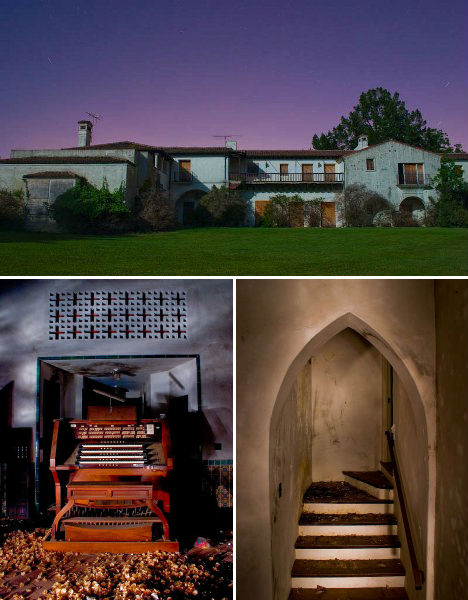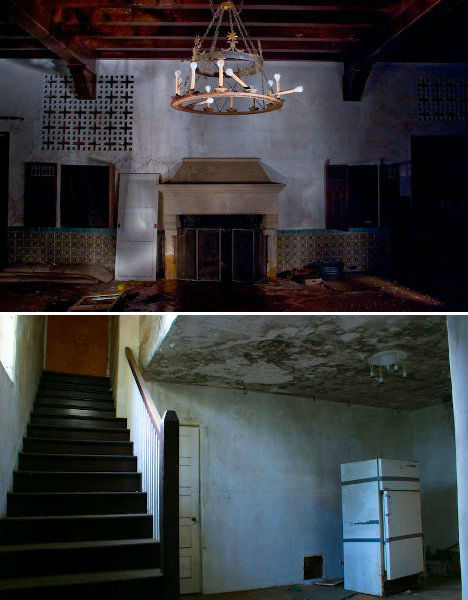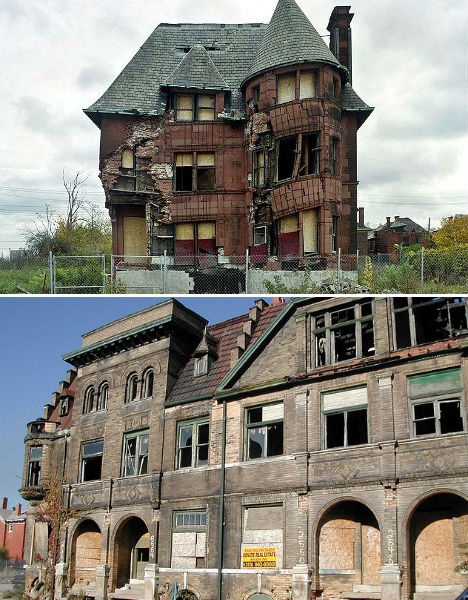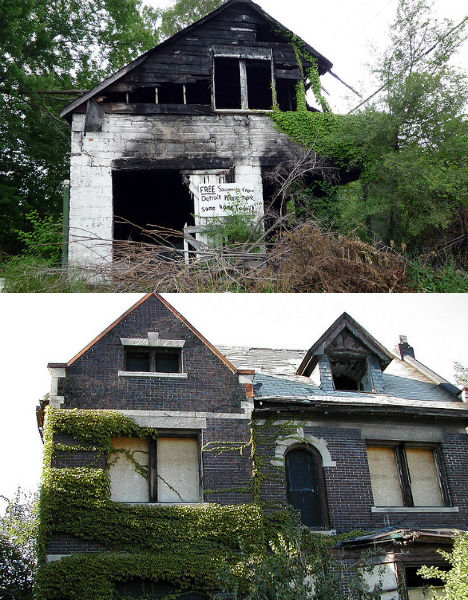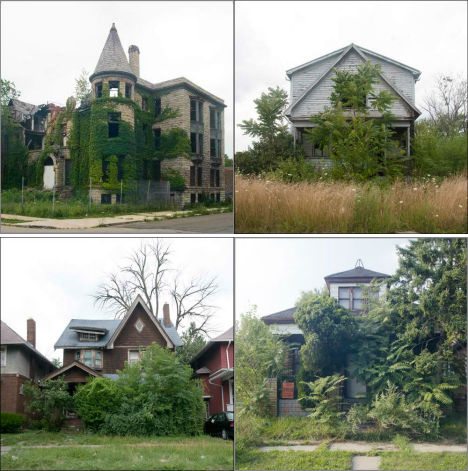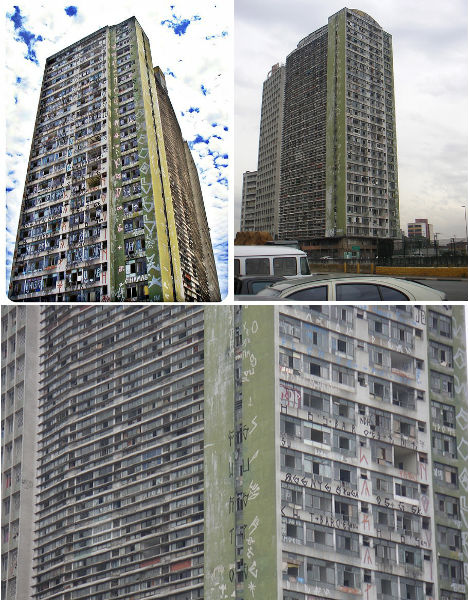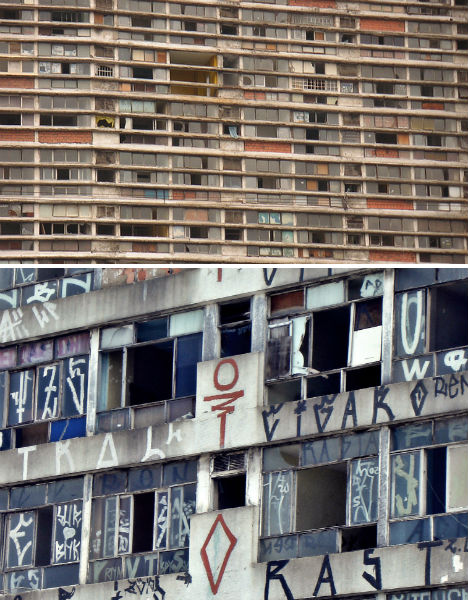Steve Jobs Abandoned Mansion, California
(images via: jonathan haeber)
The life of Steve Jobs is already the stuff of legend, but here’s one story that not many people know: that of Jobs’ abandoned mansion in Woodside, California. Jackling Mansion was built in 1925 as a residence for copper mining baron Daniel Cowan Jackling and his family, and designed by architect George Washington Smith in Spanish Colonial Revival style. Steve Jobs bought the 17,000-square-foot home in 1984, and lived there for about 10 years before renting it out. In the year 2000, Jobs reportedly stopped maintaining the building, and it fell into disrepair. It wasn’t long before the historical structure began to crumble, its most impressive elements – like a massive pipe organ – left to rot.
Jobs intended to demolish the original mansion and build a new one in its place, but a group of local preservationists objected, leading to a legal battle that lasted until 2011. Jobs eventually won the right to demolish the house, and it was torn down just months before his death. Thankfully, photographer Jonathan Haeber was able to capture these images while it was still relatively intact.
Detroit’s 45,000 Abandoned Houses
(images via: marchand meffre, james griffoen, luca, jessica reeder)
Detroit’s ruin is legendary. The city has become a potent symbol of economic and social collapse, with thousands of its residents fleeing after the decline of the auto industry led to even more dramatic poverty and class friction than it had ever experienced before. Detroit has an estimated 45,000 abandoned homes, with the total number of abandoned structures reaching into the hundreds of thousands. Even its public parks are closing.
This has led to a ghostly urban landscape filled with the rotting remains of human habitation. Many of the homes are being overtaken by nature, camouflaged to blend into the overgrown greenery around them.
Edificio Sao Vito, Brazil
(images via: wikimedia commons, thomas hobbes)
Throughout its existence from 1959 to 2004, Edificio São Vito was known as São Paulo’s biggest vertical slum. Known to locals as Treme-Treme (shiver-shiver), the 27-story, 367-foot-tall building was conceived as a solution for popular housing, aimed at liberal professionals, immigrants, travelers and recent transplants from other cities. It originally had 624 apartments measuring 300 square feet each. By 1985, it was filled with three-thousand mostly low-income inhabitants, and apartments began to be split into multiple units. A lack of waste services meant trash and dirty water was simply dumped out the windows. In 2002, just one of the three elevators was working, leading to half-hour waits to get up or down. The building had become extremely dangerous – an inevitable death trap in the case of fire. Over the years, residents began leaving due to high levels of crime, until it was virtually abandoned. It was evacuated in 2004 and finally demolished in 2011.
